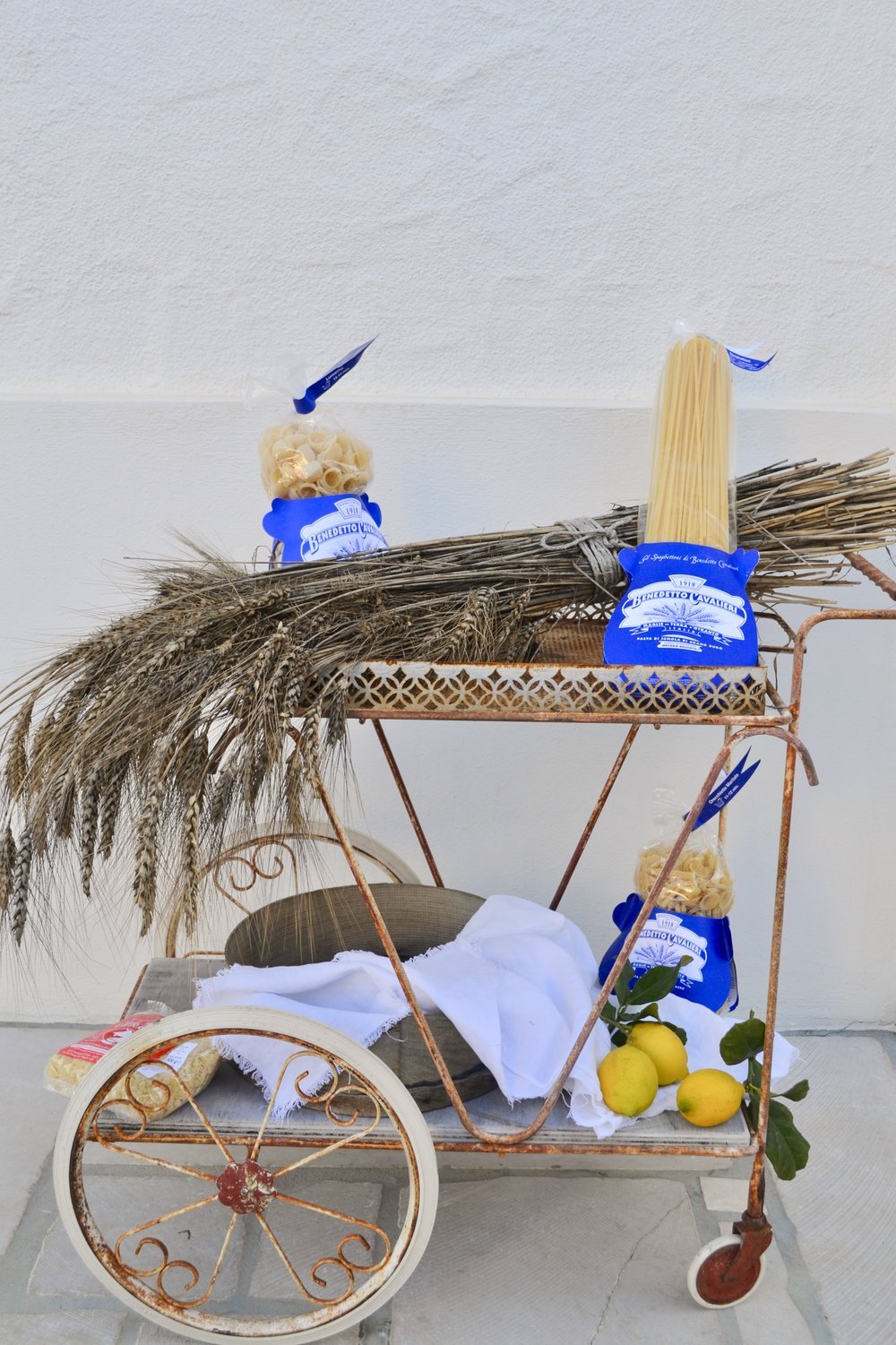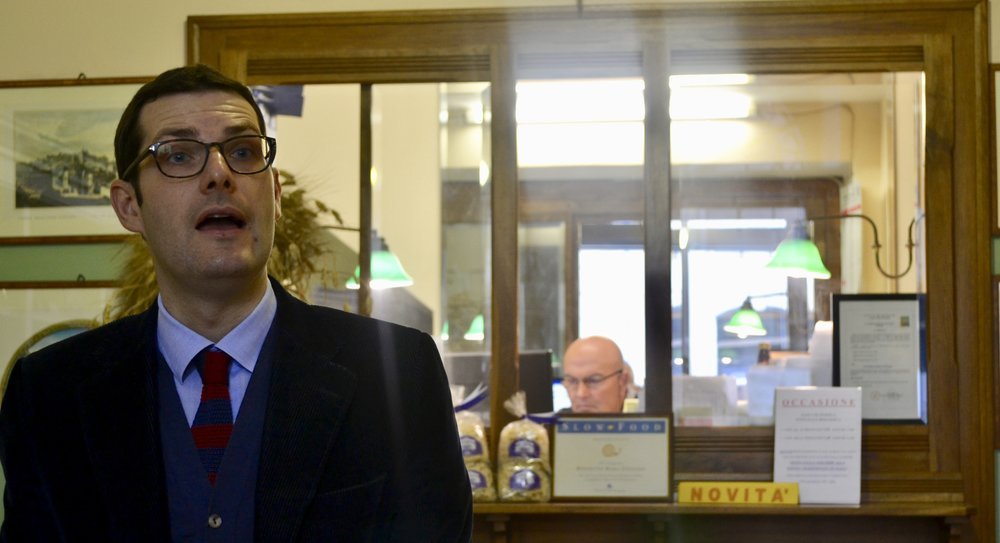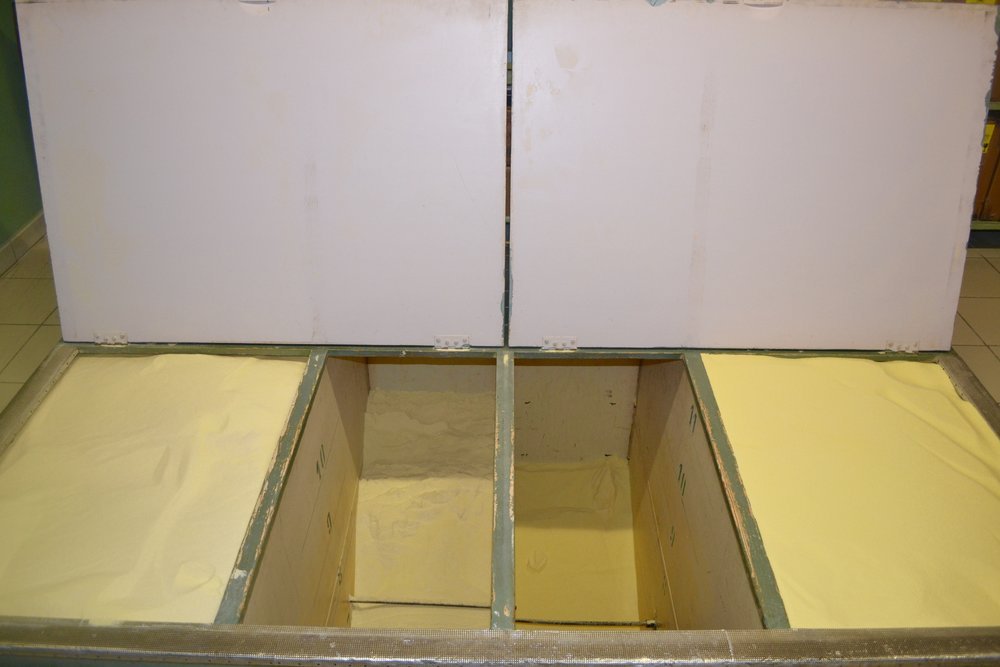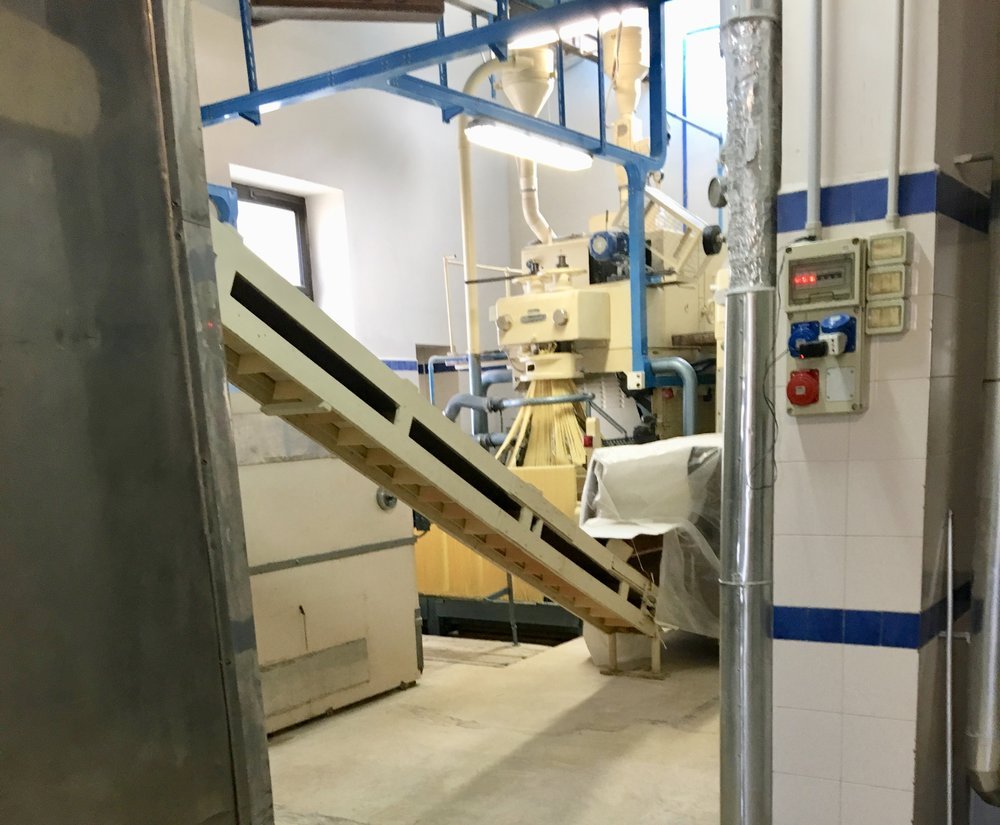A Greater Appreciation For Constant Cravings
Nothing is more exciting than going to a pasta factory and taking away a goodie bag full of free artisanal pasta. Benedetto Cavalier pasta factory has been in business for one hundred years cranking pasta in a very special way. The machines, I think, are practically old fashion, running their current life of forty years.
Lovely Andrea, showed us around the factory pointing out every small detail. He showed us the types of semolina used to process each type of pasta as well as which ones get shipped to other countries, and how the packaging process works. The Japanese receive all the long pasta, the U.S. gets bucatini and orecchiette, Australia eats orzo, and Russia receives anellini or tubetini. Puglia has a more diversified selection like Casarecce and orecchiette. However, as the frivolous story goes, Casarecce and orecchiette are often packaged and prepared together in Puglia resembling the symbol of matrimony (the male and the female genitalia). Sometimes these things really make me chuckle.
We all put on cotton robes and hair nets in order to go upstairs to the room where they processed and dried the pasta. The dough is simply made with water and flour and shaped in rooms with high humidity in order for the pasta to dry perfectly without cracking.
This vat opened to a pit full of different semolinas they use to process their 32 types of pasta. The white semolina is more elastic and the yellow semolina contains more protein. More glutinous flours for longer kinds of pasta like bucatini, spaghettoni, and tagliatelle and less glutinous flour for the shorter pasta like Anellini, Tubatini, Lumache, and Ruote Medie.
We were able to chew on spaghetti fresh off the machine producing long continuous strands. It almost tasted like it was cooked, but very al dente. I think that it’s possible for a quality ingredient to make your product taste good no matter what form it’s in.
As we walked through the entire factory we watched the final stages of the pasta, as it slid up the conveyor belt and dropped into bags in perfect proportions. I have noticed gendered spaces in multiple places around Italy and I think this place was definitely one that amplified that thought. While men were upstairs sweating as they pushed around carts full of spaghetti on drying racks, six women stood around a room stamping dates, hot gluing decorations, and sticking the final labels onto the bags of pasta. This gave me a greater appreciation for many artisanal products I buy and consume. And yes, the end of our tour resulted in me gratefully walking away with four bags of pasta!




